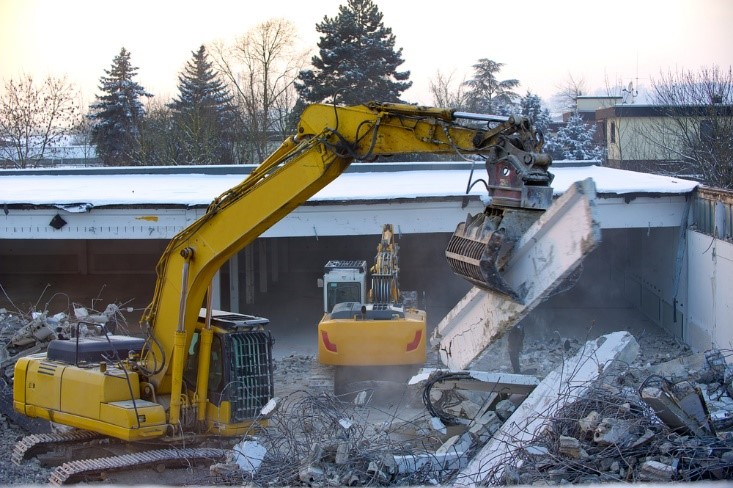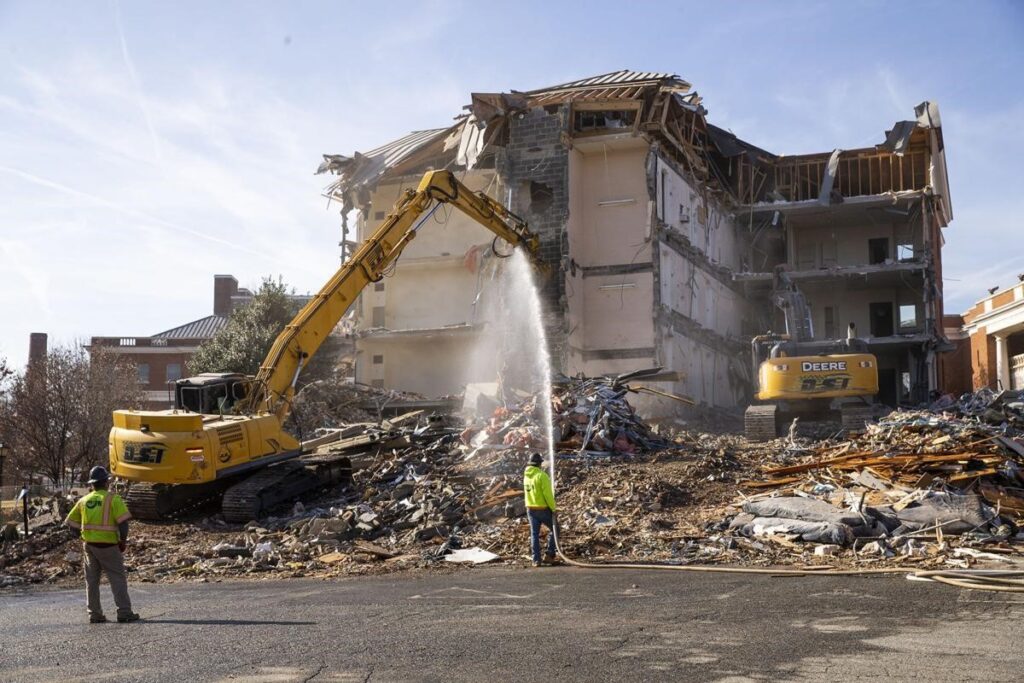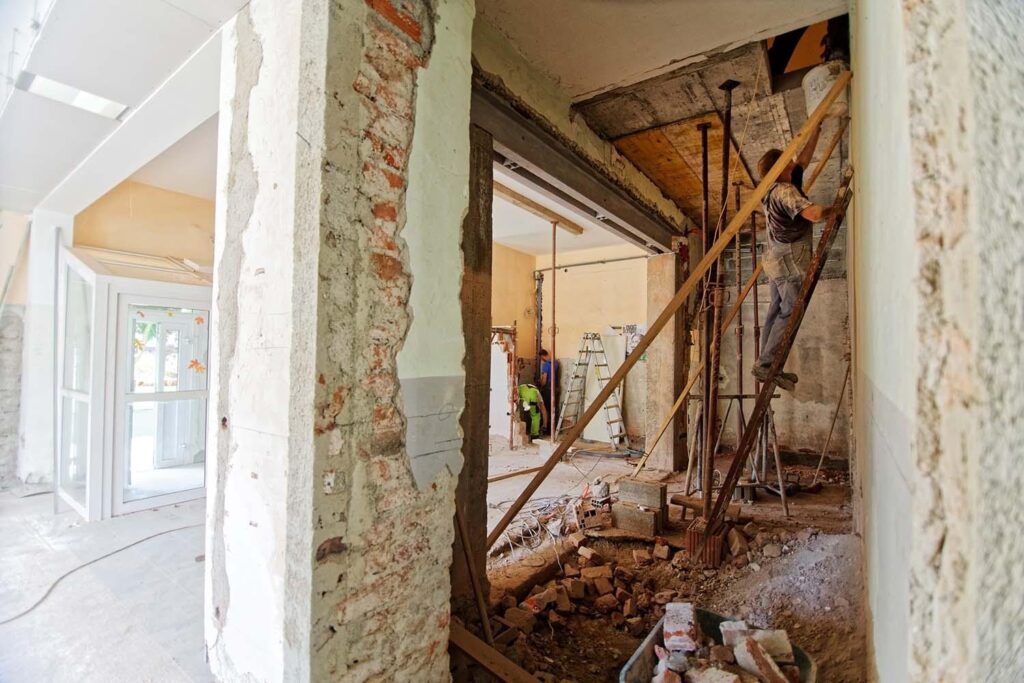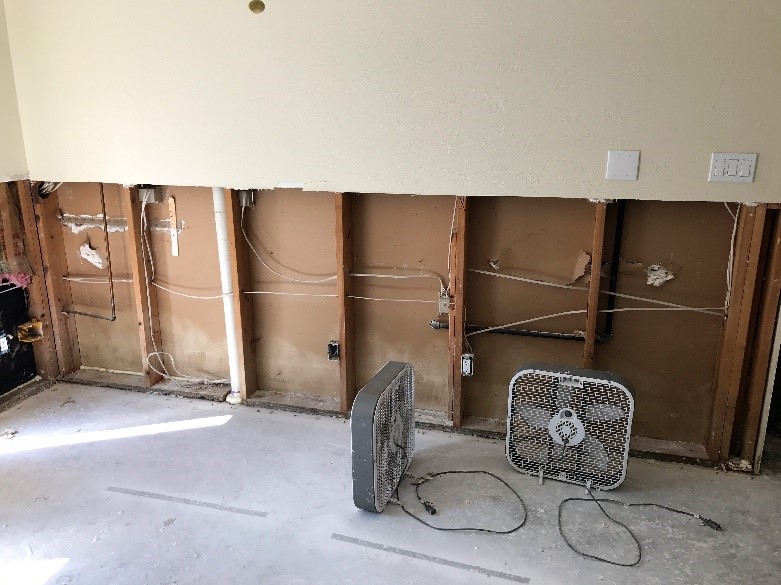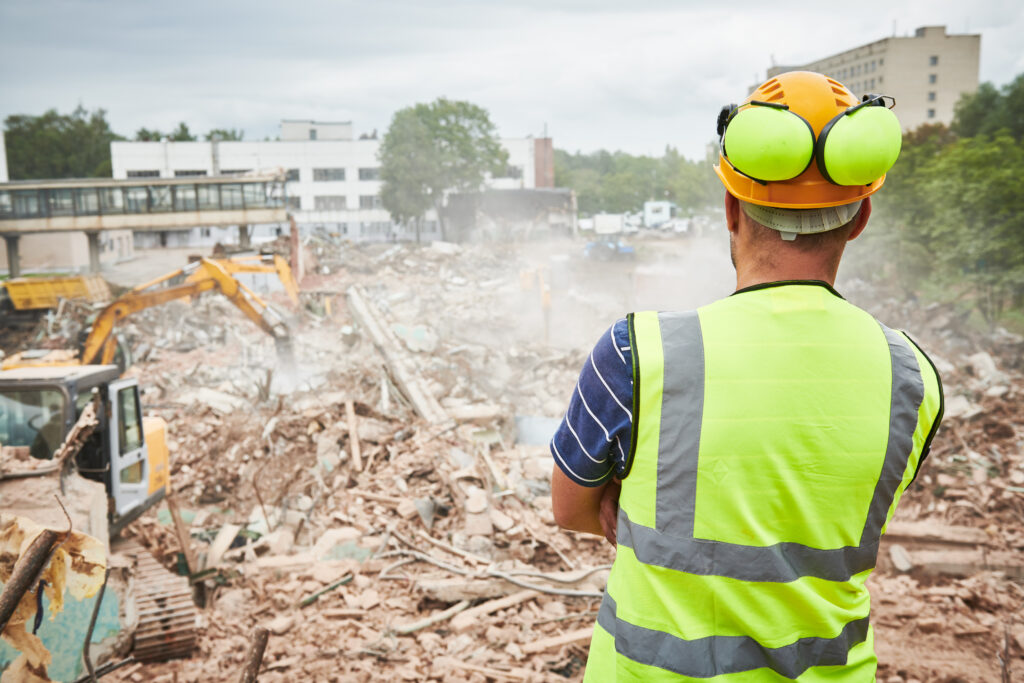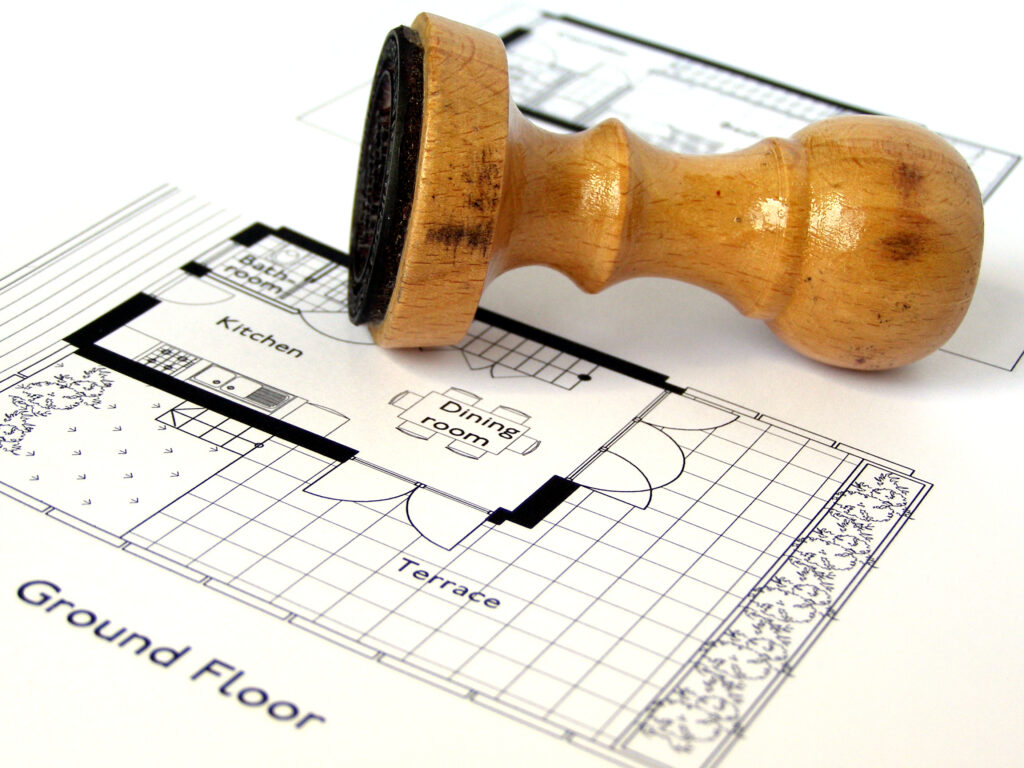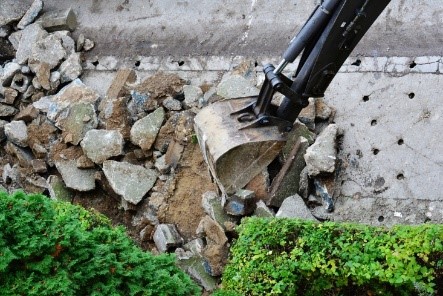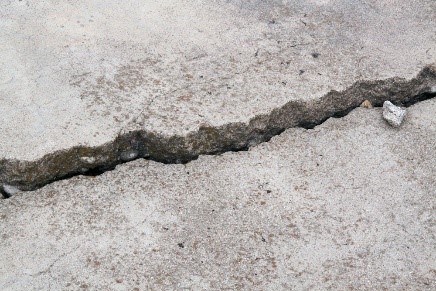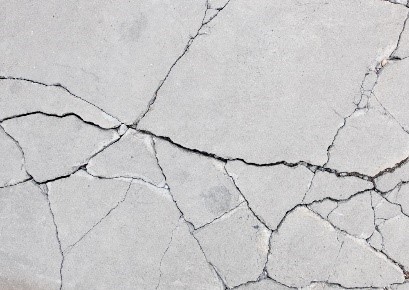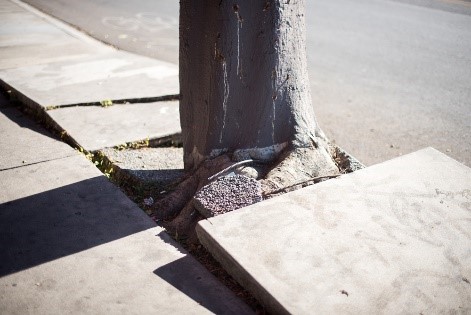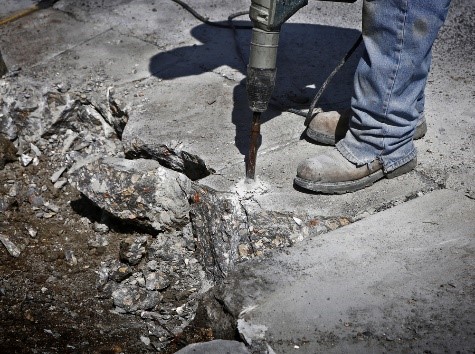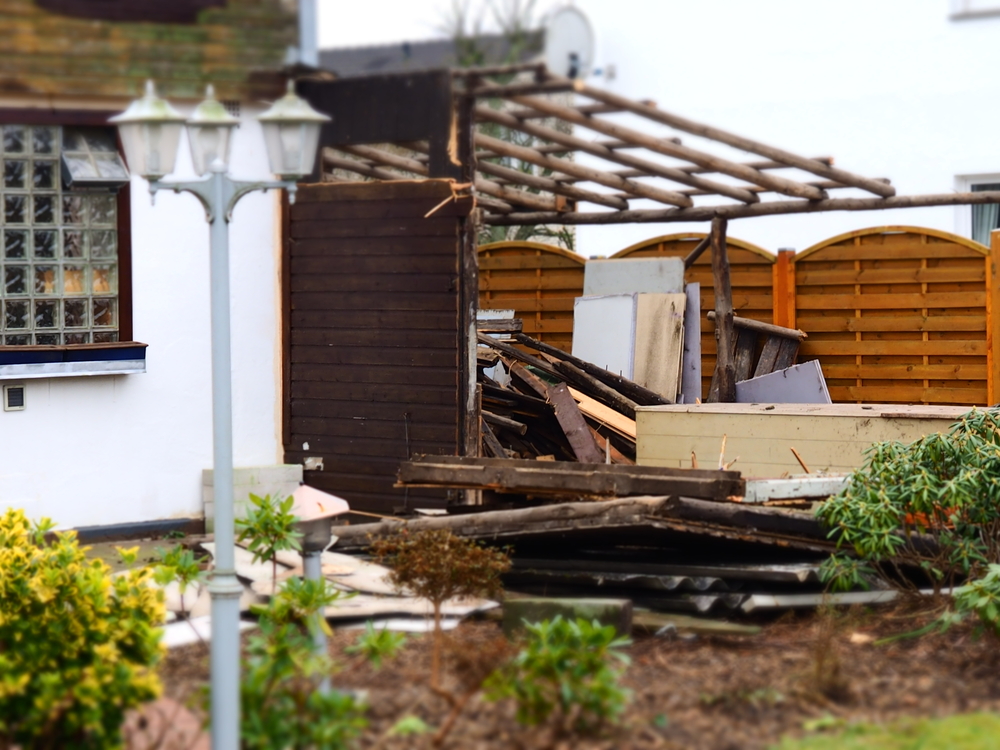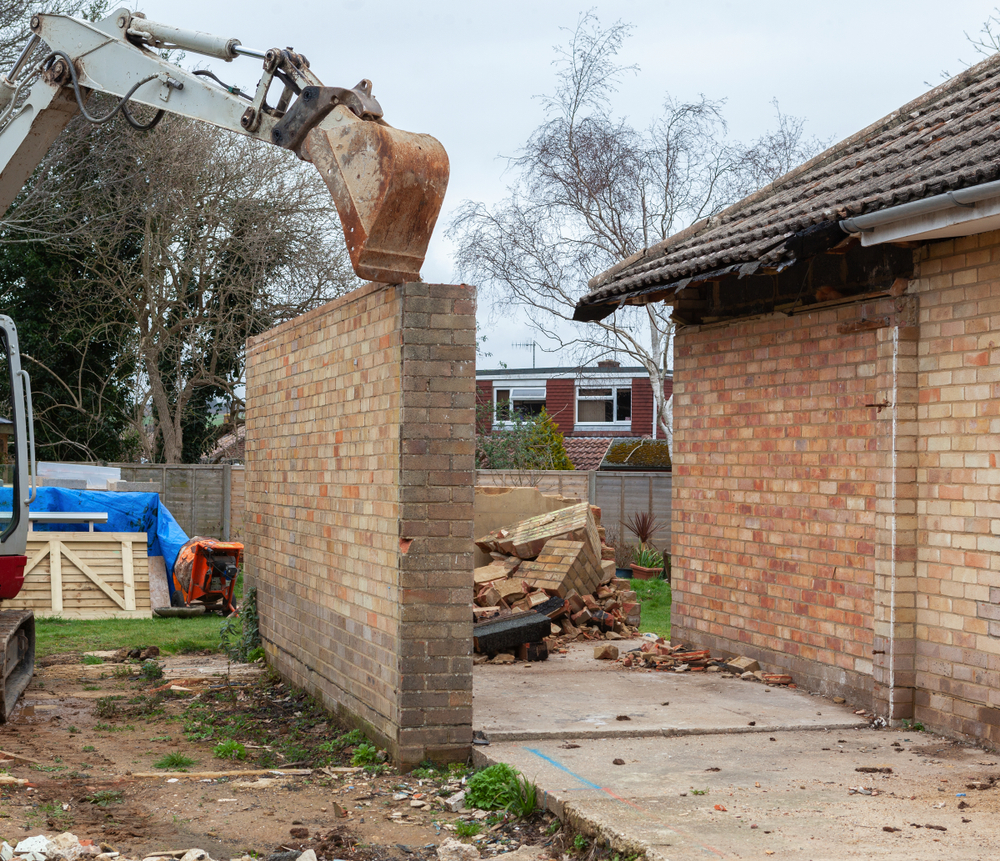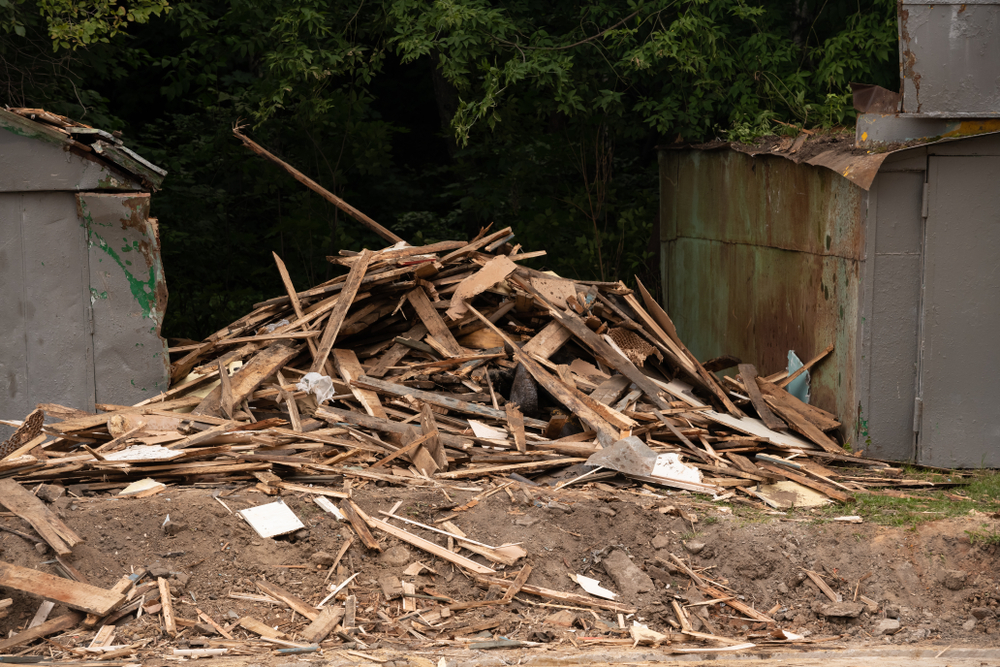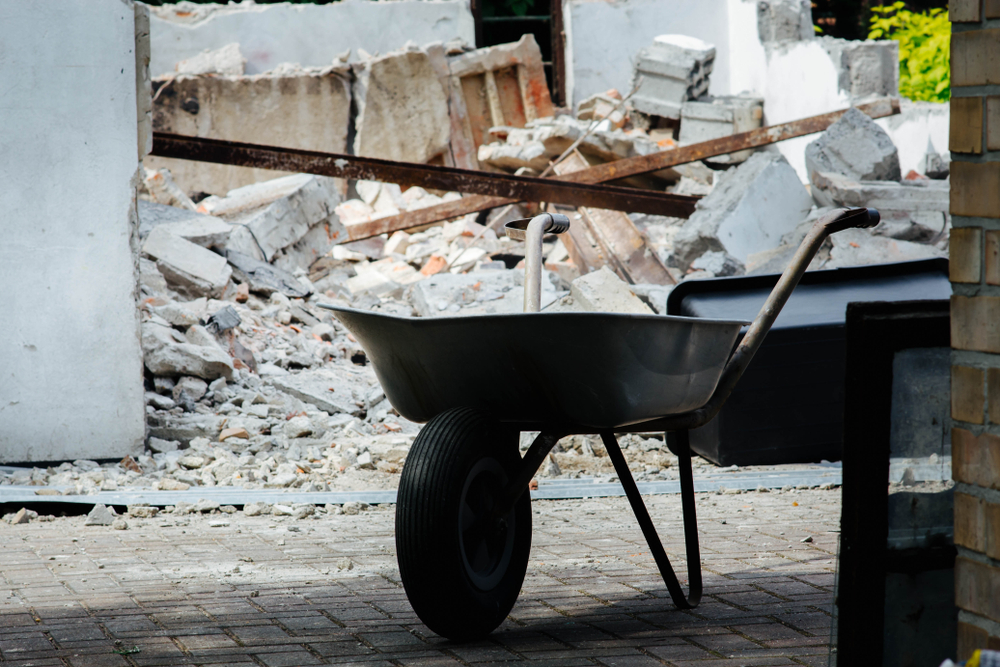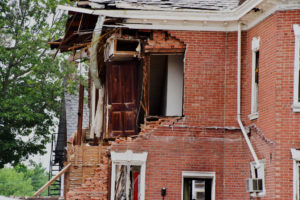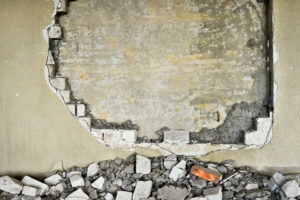Not having a proper demolition plan can lead to various unwanted complications and dangerous situations. Therefore, having the correct strategies and procedures for the demolition is key for the project’s safety and success. To help you understand how the physical work required is managed and delivered to meet the specifications and how you can create your demolition plan, we have illustrated the different processes involved in the demolition project.
The Major Process Involved in Demolition
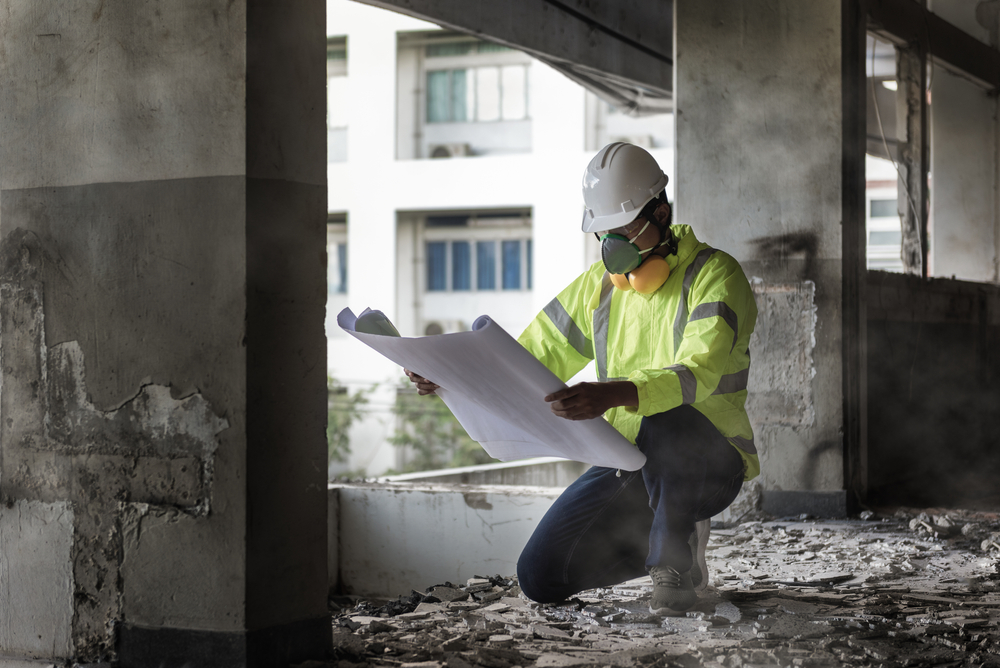
- Through refurbishment and demolition surveys, you can figure out the location of the buildings, their distance from other buildings, roads, etc.
- Through structural survey and assessment, you can find out the structural support.
- Through method statements, you can show the sequence of demolition and the strategies of demolition that can be employed.
- Plan for waste management.
- With a health and safety assessment plan, you can show all the measures and methods that can be taken for the protection of the public.
Furthermore, clearly outlining each process into its own section with a detailed explanation will help you meet the requirements of the project. Not only that, but you can also add all the necessary and specific annotated diagrams throughout the plan. Trust us, it will help you to make your plans easier to understand and visualize.
Why Do You Need the Project Program?
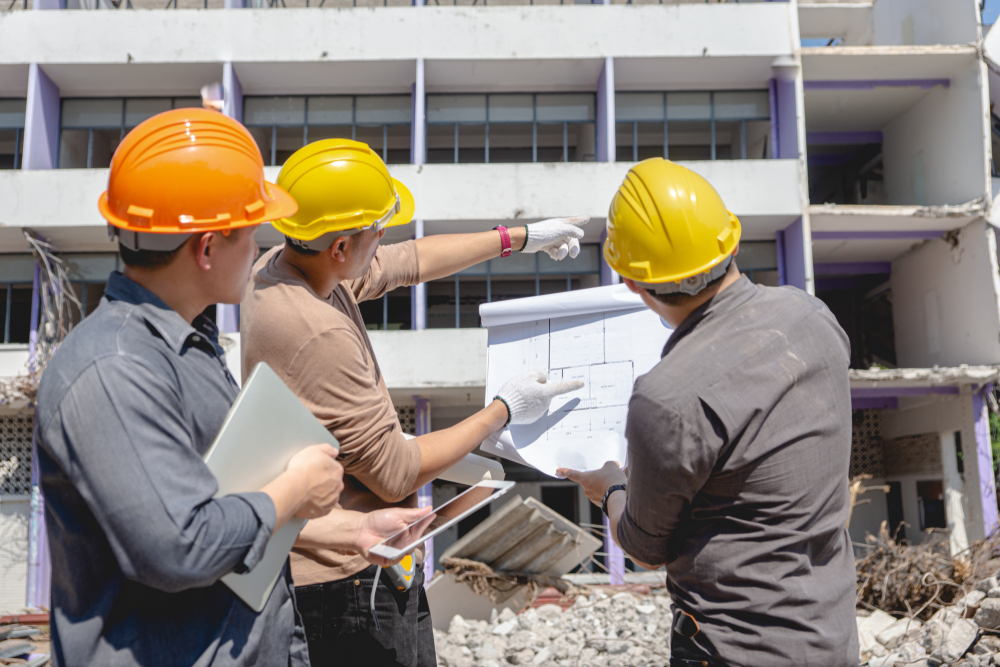
Having a proper demolition program will help you identify and plan two major things:
- Firstly, it will help you identify the timescale, dates, durations, and activities involved.
- Secondly, it will help you understand the sequence of work, like what tasks will be performed first and when.
By preparing this project plan, you can let the client know when the work will start and which parts of the site will be worked on first so that they know what to expect.
Our Final Verdict
The demolition program comes in handy for projects where a phased handover is required. Once these documents are prepared, you can share them with all parties involved in this project. This will help everyone to stay on the same page and know what they need to do and when, including individual parties or contractors. For more information and expert advice on what should be included, get in touch with Morgan Services Group Corp’s dedicated and highly competent team in New York. We have been an established name in the industry for over 20 years now. We are available to serve you whenever you need us. Visit our website or give us a call at 1-855-800-DEMO (3366) for more information. We look forward to speaking with you!

